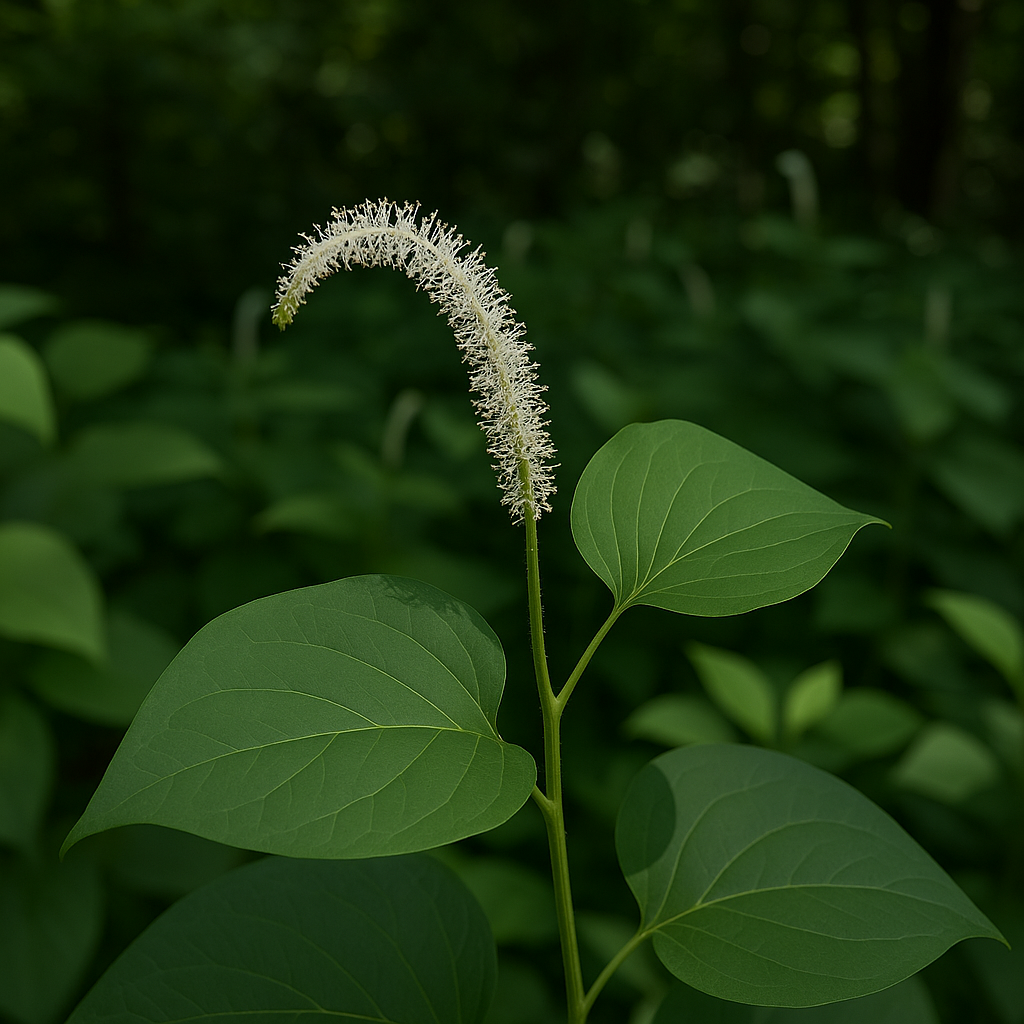Bloom: summer
Habitats: ditches along wooded areas; seeps and springs in semi-shaded areas; shallow slow-moving streams; shallow vernal pools in wooded areas; soggy openings in floodplain and bottomland woodlands; swamps
Lifespan: perennial
Moisture: wet
Plant type (height): forb (1.5 to 3 feet)
Requirements: partial sun to light shade
Soil: mucky
